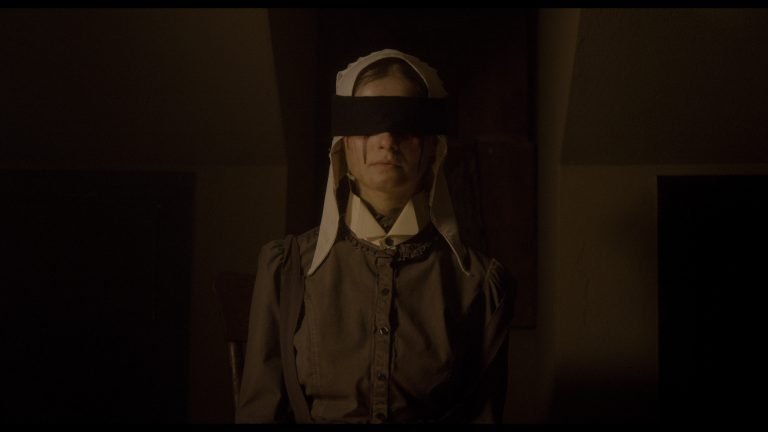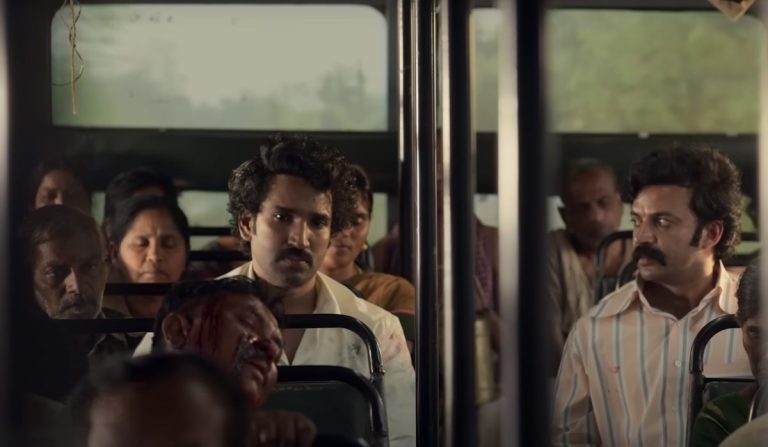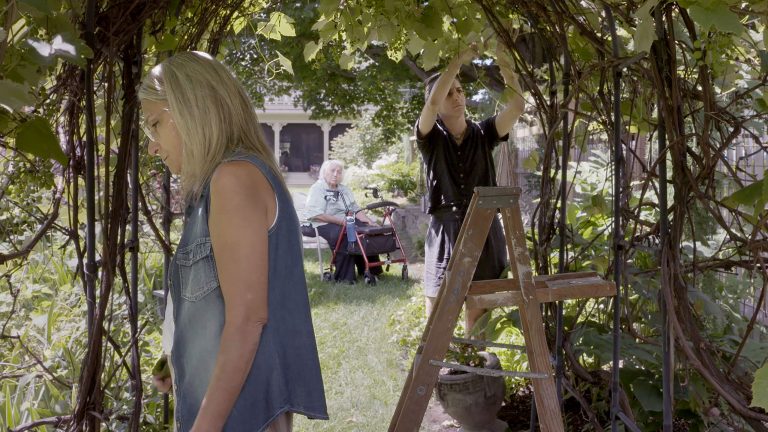“Haider” (2014) stands as Vishal Bhardwaj’s crowning achievement—a film that transcends its identity as a mere Shakespearean adaptation to become a searing political commentary, a visual poem, and a profound meditation on the human condition within a conflict zone. Released in 2014 as the culmination of Bhardwaj’s Shakespearean trilogy following “Maqbool” (Macbeth) and “Omkara” (Othello), “Haider” transplants the Danish tragedy of “Hamlet” to the war-torn valley of Kashmir during the turbulent 1990s.
What sets “Haider” apart from typical adaptations is the way Bhardwaj skillfully interlaces Hamlet’s existential crises with the intricate socio-political landscape of Kashmir. The movie serves as a lens through which audiences study issues of betrayal, vengeance, political repression, and fragmentation of identity amid collective trauma. With haunting imagery, subtle performances, and a bold screenplay, “Haider” poses uncomfortable questions regarding state power, insurgency, disappearances, and the cost of pursuing truth in a world shrouded in deceit.
Bhardwaj’s genius is in his adaptation of Elsinore to Kashmir in the 1990s. The movie starts with an image of a doctor secretly treating a militant commander. This doctor, Hilal Meer, becomes one of the “disappeared”—thousands of Kashmiris who were arrested and frequently never heard from again during the peak of the insurgency. The apparatus of the state takes the place of Claudius’s kingdom. The military camp where the detainees are kept is the venal court. The famous soliloquy “To be or not to be” is replaced by a very compelling “Hum hain ki hum nahin” (Do I exist or not?)—a query that speaks beyond philosophical introspection to confront the crisis of existence of Kashmiri identity itself. This transposition is not window dressing; it enriches the tragedy by basing it on an actual historical wound that still festers.
Bhardwaj and fellow writer Basharat Peer (whose book “Curfewed Night” provided much of the screenplay’s basis) create a story that explores the interior wounds of political strife. The kidnappings, torture cells, half-widows (women whose husbands are missing but not known to have died), and general climate of suspicion provide a Kashmir both real and mythical—a Shakespearean tragic setting par excellence. Caught in the eye of this storm is Haider Meer, played with frenetic intensity by Shahid Kapoor. Haider returns from Aligarh Muslim University to discover his father gone and his mother, Ghazala, in a suspect relationship with his uncle Khurram. Kapoor’s acting threads the psychological needle from dazed son to extremist avenger with admirable accuracy. His descent into madness is not just a performance like in the play of Shakespeare, but a real psychological breakdown brought about by trauma, loss, and betrayal.
The character of Ghazala is one of the biggest departures from the source material of the film. Unlike the passive Gertrude, Ghazala becomes a complex woman caught in the crossfire between patriarchal demands and personal desire. Tabu brings a smoldering passion and silent agony to the role beyond the usual mother figure. Her relationship with Haider has uneasy Oedipal overtones, but her motives are essentially human—a need for warmth and shelter in a cold, militarized world.
Khurram, the Claudius character, is reinterpreted as a lawyer-turned-politician who works with the Indian security establishment. Kay Kay Menon’s performance strikes a balance between ambition, cowardice, and true love for Ghazala. Unlike Shakespeare’s cunning villain, Khurram lives in moral gray areas—a man who makes concessions to survive in a militarized world. Arguably, the most creative character makeover is given to Rosencrantz and Guildenstern, now Salman and Salman (the “Salman duo”), two inept, Bollywood-addicted informants. They provide comic relief as a foil to the movie’s suffocating darkness, as well as parodying popular culture’s capacity for distraction from political facts.
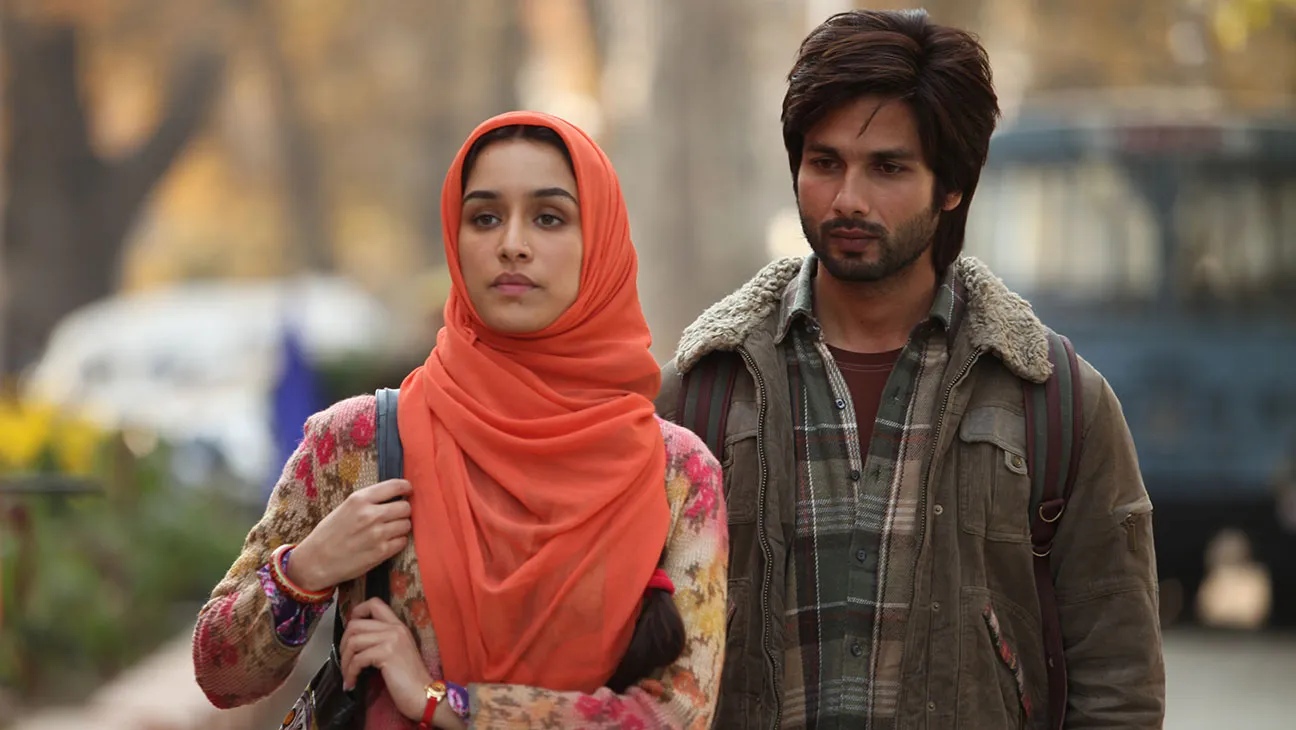
One of the most innovative artistic choices of the movie is the reinterpretation of Shakespeare’s Ghost of Hamlet’s Father as Roohdar, an unforgettable performance by Irrfan Khan. In a brilliant twist from the supernatural specter of the original play, Roohdar is a flesh-and-blood emissary who lived through the same dungeon where Haider’s father was assassinated. His very name—”the one with the soul/spirit”—tells us of his transitional status between the realms of the living and the dead.
Khan’s performance adds a quality of otherworldliness to Roohdar even as he inhabits a human body. His lean frame, piercing gaze, and slow speech render him a character who is simultaneously weightless and real in the dire political landscape of Kashmir. When he materializes before Haider, swathed in layers of clothing against the snowed-in background, he wears both the physical and psychic wounds of torture, a personification of the mass trauma of the vanished.
“Haider” does not just use Kashmir as a setting but also as a character in itself. Cinematographer Pankaj Kumar shoots the land’s oxymoronic beauty—unspoiled snow landscapes against ramshackle buildings, checkpoints, and armed soldiers ever-present. A highlight sequence comes when Haider executes his “madness” at a traffic light, giving a scorching political rant that ends in the repeated shouting of “Law & Order.” This scene captures the shared pain of a people whose existence has been denied through years of political negation.
“Haider” is as much a political gesture as an artistic one. In deciding to tell a tale about Kashmir—about human rights violations and disappearances—Bhardwaj takes on one of the most divisive political topics in contemporary India. ”Haider” provides a critical view of both the Indian military occupation and militant insurgency, which generated huge controversy when it came out. Shakespeare becomes the Trojan horse by which Bhardwaj smuggles in political commentary. When Haider questions existence itself, he speaks not only for himself but for an entire region whose political status remains contested. The play-within-a-play becomes a political street performance that depicts state violence, art becoming a vehicle for dangerous truths.
What sets the film apart is that it resists rendering the conflict as a simple binary. There are atrocities committed by the Indian forces, yes, but then there are atrocities committed by the militants. Khurram works with the army, while his brother was tortured and killed by the army. Each character functions under moral compromises required of survival within a militarized context.
Music in “Haider” oversteps its traditional function to become narrative in itself. Vishal Bhardwaj, scoring the soundtrack as well as taking on directing responsibilities, weaves a sonic universe that integrates classic Kashmiri folk elements into modern orchestration.”Bismil,” the cinematic centerpiece of the film, recasts Hamlet’s play-within-a-play as a high-energy Kashmiri folk performance laying bare political realities. Its hyperactivity and choreographed moves produce a mesmerizing effect, which makes its political message even more powerful. Conversely, “Jhelum” (a title inspired by Kashmir’s principal river) conveys a sadness in losing one’s homeland. It sings of the deaths Jhelum has witnessed—a somber reference to the conflict’s fatalities.
One of the most daring creative choices in the film is the “AFSPA” sequence—a satiric musical explication of the Armed Forces Special Powers Act, the contentious law that bestows extraordinary powers upon the military in troubled regions. The scene has no precedent in Shakespeare but embodies the political courage of the film. The term “chutzpah” (audacity) is used as a sarcastic refrain as Haider teaches the flummoxed villagers about how the law allows for detention without trial.
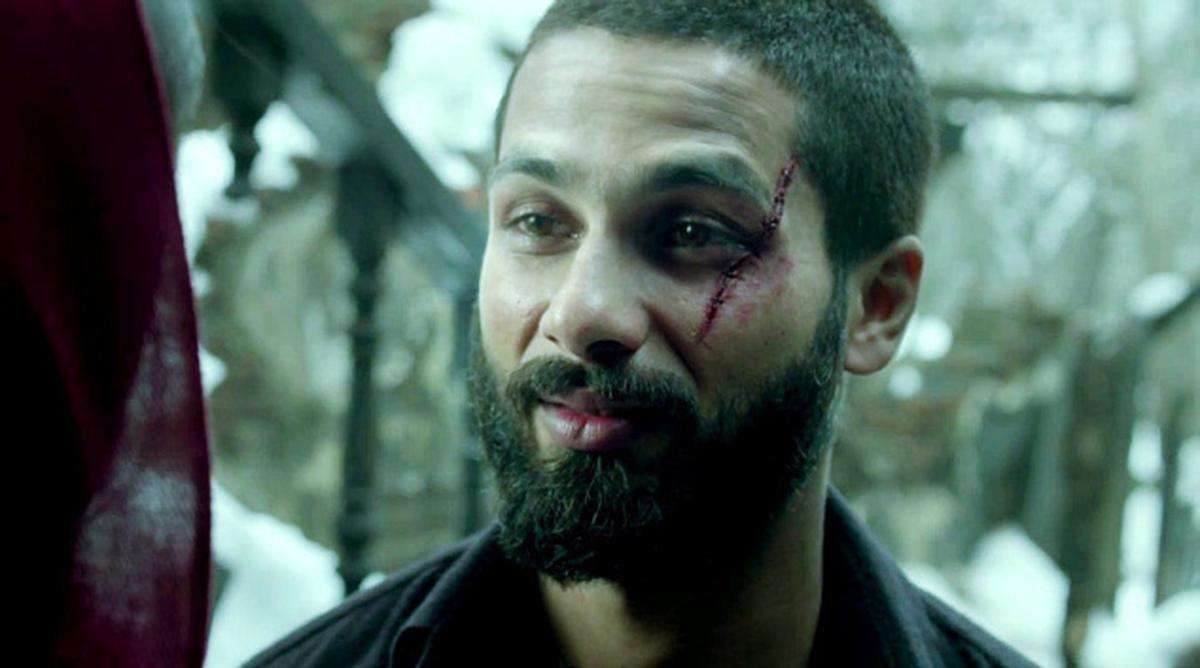
Another major divergence comes in the graphic ending of the film. Unlike Shakespeare’s Hamlet, who gains his revenge but sacrifices himself, Haider decides finally to end the cycle of vengeance. In a desperate effort to get Haider to give up his quest for revenge, Ghazala stands before her son with a profound reality check: “Inteqam se sirf inteqam paida hota hai, Haider” (“Revenge only begets revenge”). When words fail, she goes for an ultimate sacrifice.
Going back to where Khurram and his men await, she unveils a concealed bomb jacket and blows herself up, killing Khurram’s colleagues and leaving Khurram severely injured, his legs mutilated by the explosion. Listening to the explosion, Haider runs out into the blood-splattered snow to see his mother vanish and Khurram writhing in agony. Gun in hand, Haider goes up to the man who killed his father. But at the decisive point, he cannot bring himself to fire. Remembering his mother’s dying words. At this moment of reckoning, the cycle of revenge that has engulfed their family reaches a deep crossroads. Her death becomes the turning point not towards further revenge but to Haider’s awareness of its pointlessness.
This conclusion revamps the tragedy from a revenge completed to one of futility fulfilled—a political commentary that nothing is solved in Kashmir’s sophisticated conflict by violence. It’s an ambitious reboot that honors Shakespeare’s vision of tragedy and leaves room for a specifically Kashmiri morality. The brilliance of Bhardwaj’s adaptation is in seeing the similarities between Denmark in Hamlet and 1990s Kashmir—both environments where something is “rotten in the state,” where spying is ubiquitous, where telling the truth is risky, and where moral certainties blur into ambiguity. By transposing Shakespeare’s political issues into a modern Indian framework, Bhardwaj illustrates the timeless utility of classical plays when reinterpreted with passion and cultural awareness.
“Haider” ultimately moves beyond being a Shakespeare adaptation to become a deep reflection on Kashmir itself—its tragedy, its beauty, and its resilience. The film eschews simplistic answers or political reductions. It provides instead the human toll of conflict through the lens of one family’s breakdown. At the end of the film, when Haider stands among the graves, having refused to perpetuate the cycle of vendetta, the audience is confronted with a haunting question about all conflict zones: Is choosing non-violence a surrender or the greatest act of resistance possible in a terrain defined by violence? Can there be forgiveness if justice remains an elusive concept?
By its brilliant fusion of Shakespearean tragedy and Kashmiri political life, “Haider” invents a new vocabulary for talking about conflict—one that values human nuance over political extremes. It is Vishal Bhardwaj’s magnum opus and one of the most important political statements of Indian cinema, a movie that dares to pose uncomfortable questions regarding power, resistance, and the human ability for violence and forgiveness in a world torn apart by decades of strife.
The enduring force of the movie is the way it takes Shakespeare’s 400-year-old play and turns it into an immediate contemporary statement, demonstrating that a masterwork can pay tribute to tradition while boldly speaking to the current moment. By doing so, “Haider” manages what few film adaptations do—it becomes not an imitative work but a necessary new work in its own right, one that does justice to its literary heritage and its political duty.


![Love in the Villa [2022] Netflix Review: A Generic & Forgettable Rom-com That Romances a Heap of Cliches](https://79468c92.delivery.rocketcdn.me/wp-content/uploads/2022/09/Love-in-the-Villa-2022-Netflix-768x512.jpg)

